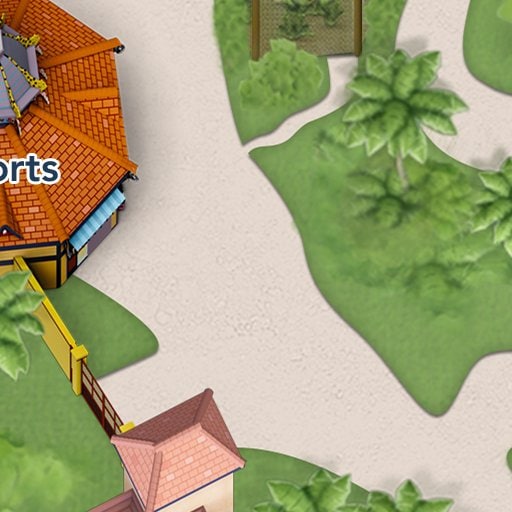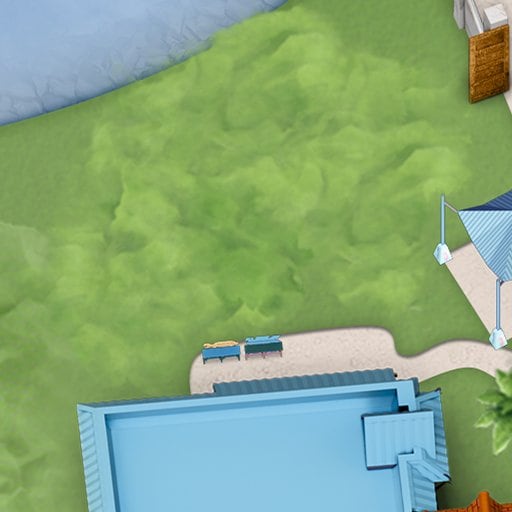
Cotton-Top Tamarins - Disney Animals
Cotton-Top Tamarins at Walt Disney World Resort
Delight in the antics of the tiny cotton-top tamarin on Discovery Island at Disney’s Animal Kingdom park.
Cotton-Top Tamarins in the Wild
Cotton-tops are amazing athletes, weighing only 1 pound but able to leap 15 feet from a stationary branch. Cotton-top tamarins are found only in the tropical forests of northwestern Colombia in South America, where they can be observed high in the trees foraging for fruit and insects.
Cotton-Top Tamarins at Disney: Home Away From Home
Disney’s animal care experts recreate the forest habitats and diet of cotton-top tamarins based on their natural history.
A Nutritious Diet
Wild cotton-top tamarins eat mostly fruits, insects and tree sap, but they may occasionally eat bird eggs and lizards. They get the water they need from fruits or by licking morning dew from leaves. Disney nutritionists prepare a balanced tamarin diet and supplement it with fruits and vegetables like corn, apples, bananas and grapes. Peanuts, currants and various seeds are given throughout the day for training and enrichment and to stimulate foraging activities. Like some humans, cotton-tops prefer to eat their grapes peeled!
Animal Enrichment
Enrichment is a key theme at Disney. Our goal is to provide opportunities for the cotton-tops to display natural behaviors like hiding, resting, climbing and exploring while increasing their physical activity and offering real choices like in the wild. Coconut feeders and puzzle feeders containing special treats like carrots, pear, strawberry and kiwi are hung in various locations to encourage problem-solving and foraging.
Training
At Disney’s Animal Kingdom park, animal care experts use positive training techniques to teach tamarins to come to a specific location and stand still, called “stationing.” Using a target tool, the animal care experts get the tiny monkeys to step voluntarily on scales to be weighed. Cotton-tops also learn to enter and exit their carriers on cue so that transporting the animals to other areas of the park—for medical treatment or to new exhibits—is a stress-free experience.
Veterinary Care
The small size of cotton-top tamarins can make many medical procedures challenging. The skilled veterinarians at Disney’s Animal Kingdom park often use medical equipment designed for premature human babies—such as a tiny face mask—in order to provide care for these small monkeys.
Disney Conservation: Saving Cotton-Tops
The Walt Disney Company is passionately committed to the protection of cotton-top tamarins and their tropical forest habitats.
Threats to Cotton-Top Tamarins
Cotton-tops are among the most endangered primates in the world. Both habitat loss from deforestation and the illegal wildlife trade have caused a rapid decline in cotton-top populations.
Paradise Lost
As human populations expand, Colombian forests are being cleared for agricultural expansion, timber for construction and even firewood for cooking. Cotton-tops have also become popular as pets, which has led to their capture and sale in the illegal wildlife trade.
Changing Forest Use
Sometimes the best way to help wildlife is to help their human neighbors. In Colombia, the Disney Conservation Fund (DCF) supports the conservation organization Proyecto Tití to reduce the use of forest products. To help locals use less firewood, Proyecto Tití reinvented the traditional binde cook stove and made a clay version that uses 5 logs instead of 15.
Plush Toys
With support from the DCF, Proyecto Tití created education programs to increase appreciation for the monkeys, and partnered with local women’s groups to create alternatives to the pet trade. Colombian women learned to make plush cotton-top tamarin toys, which are now sold throughout Colombia, and those same plush toys—prized possessions—were offered to young people in exchange for the slingshots used to hunt tamarins! A win-win for the monkeys and the humans.
Cash From Trash
Thanks to DCF-funded cotton-top tamarin conservation programs, more than 4 million plastic bags have been recycled from local forests and communities and turned into beautiful “eco-mochila” tote bags—creating sustainable income for future generations of Colombians, and cleaning up the environment!
*The Disney Conservation Fund is supported by The Walt Disney Company and Guests of Walt Disney Parks and Resorts, with 100% of Guest contributions matched by Disney and directed to nonprofit organizations. Additionally, Disney covers all costs of managing the fund. The Disney Conservation Fund is not a charitable organization, and donations are not deductible as charitable contributions for US tax purposes.









